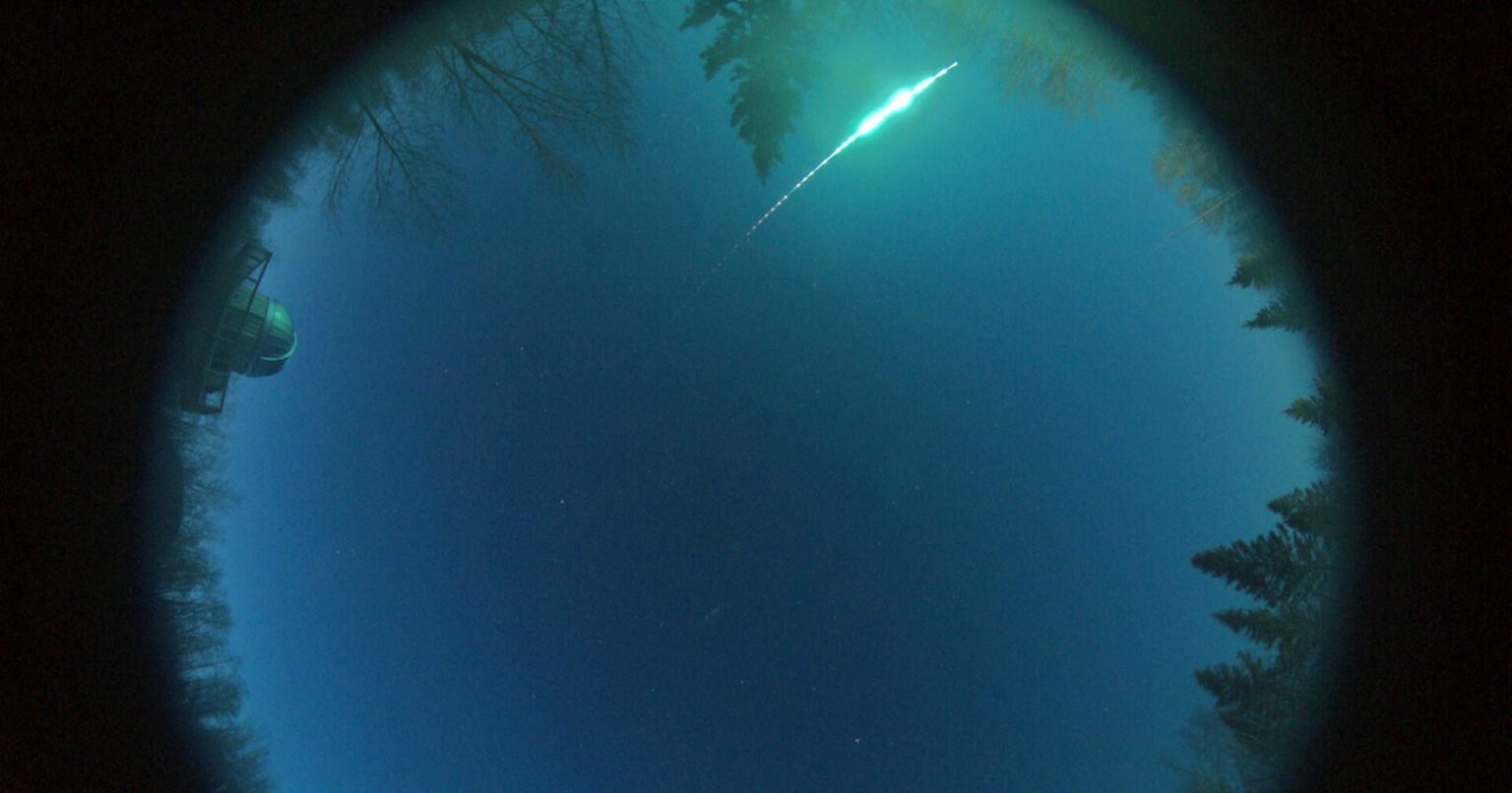Researchers found that the medium-sized meteor observed last year, which came from the Oort Cloud, was made of rock, not ice. This calls into question many ideas about the evolution of the Solar System.

Amazing Meteor
The meteor that burned down in 2021 in the sky over the Canadian state of Alberta turned out to be extremely unusual. This conclusion is reached by experts from the Global Fireball Observatory program, which tracks bodies that meet with our planet.
In an article published in Nature Astronomy, they said that the first thing they noticed was the velocity vector that the meteor had when it collided with our planet. It was in an extremely elongated orbit, usually having comets coming to us from the edges of the Solar System. The “cosmic guest” was almost certainly from the Orta Cloud, extending beyond the orbit of Neptune.
At the same time, the researchers found that the object, which had the size of a grapefruit, went much deeper into our atmosphere than a piece of dirty ice, which such objects usually represent, should do. This indicated that, in fact, this meteor was made of rock and weighed about 2 kg.
What is the Oort Cloud?
All this makes scientists think about the traditional views on what the Oort cloud is and, accordingly, the evolution of the Solar System. It is believed that many small bodies in the orbit of Neptune mainly consist of methane, water and other types of ice. The reason for this is that these substances accumulated in the outer regions of the protoplanetary disk.
But the rock meteor puts these ideas under hesitation. Perhaps there are really quite a lot of such bodies there, and then we will have to reconsider the very foundations of how the Solar System is formed. Although it could also happen that in fact this piece of stone was born somewhere in its inner regions and got into the Oort Cloud much later.
According to phys.org
Follow us on Twitter to get the most interesting space news in time
https://twitter.com/ust_magazine

